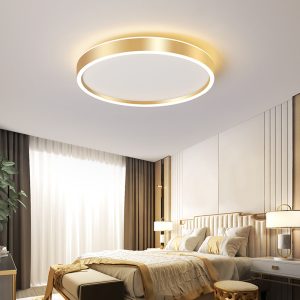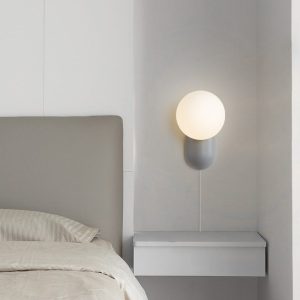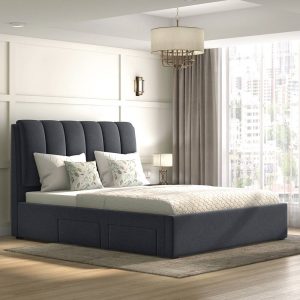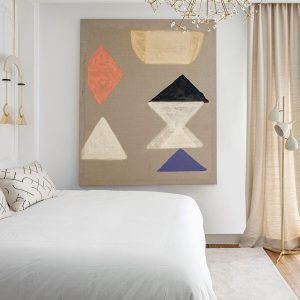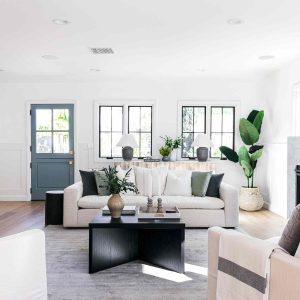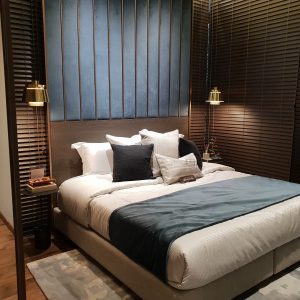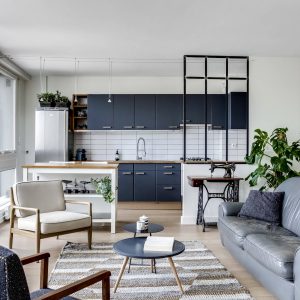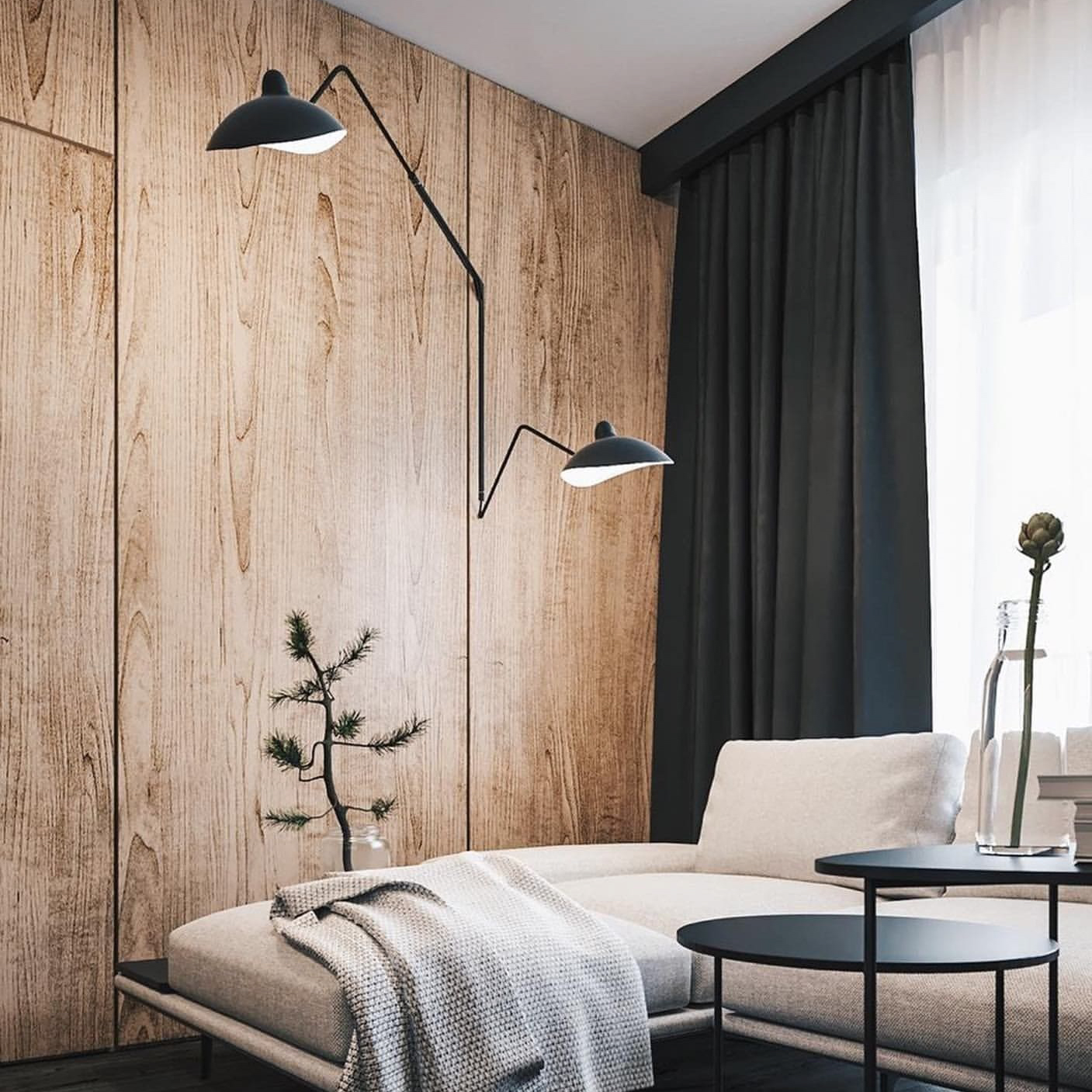
Art Deco is a style of visual arts and architecture that became popular in the 1920s and 1930s. Originating in France, it quickly spread to other parts of Europe and the United States. Scandinavian countries, such as Sweden, Norway, Denmark, and Finland, embraced the style and put their own unique spin on it. This resulted in the creation of Scandinavian Art Deco, a distinct and elegant expression of the Art Deco movement.
The Characteristics of Scandinavian Art Deco
Scandinavian Art Deco shares some characteristics with other Art Deco styles, such as the use of geometric shapes and bold, symmetrical designs. However, it also has its own unique features that set it apart. For instance, it often incorporates nature-inspired elements, such as floral or animal motifs, and utilizes light colors and natural materials. This gives the style a delicate and organic feel, which is different from the more industrial and mechanized look of other Art Deco styles.
The Influence of Nordic Folk Art
One of the most significant influences on Scandinavian Art Deco was Nordic folk art. Nordic countries have a rich tradition of folk art that incorporates natural motifs and simple, geometric shapes. Scandinavian Art Deco artists drew inspiration from these traditions, and infused their work with a sense of warmth and gentle humor. This can be seen in the work of artists like Alvar Aalto and Arne Jacobsen, whose furniture designs often featured playful animal or floral shapes.
The Impact of Modernism
Another important influence on Scandinavian Art Deco was the rise of modernism. This movement sought to reject traditional forms and embrace new, experimental approaches to art and design. Scandinavian designers were at the forefront of this movement, and they often combined modernist principles with more traditional Scandinavian designs. This resulted in unique and exciting works that pushed the boundaries of traditional Art Deco.
Examples of Scandinavian Art Deco
One of the most famous examples of Scandinavian Art Deco is the Stockholm City Hall in Sweden. Designed by architect Ragnar Östberg, the building incorporates traditional Nordic motifs, such as Viking ships and dragons, into its Art Deco design. Another notable example is the Tölö swimming hall in Helsinki, Finland. Designed by Carl Nyström, it features organic shapes and warm colors, which create a welcoming and relaxing atmosphere.
Famous Artists and Designers
Scandinavian Art Deco was propelled by a number of talented artists and designers. Alvar Aalto, known for his furniture and architectural designs, was one of the most influential. Other notable figures include Erik Hoglund, whose glassware designs incorporated whimsical animal shapes, and Olga Osol, whose textile designs were characterized by bold patterns and bright colors.

